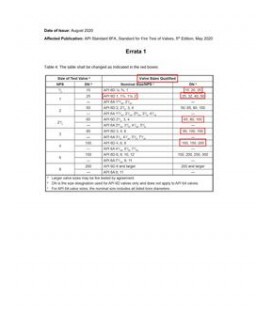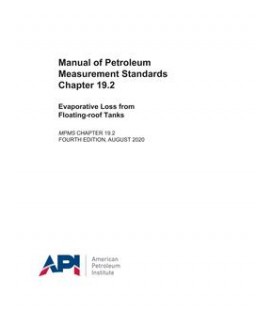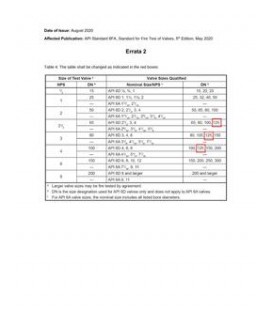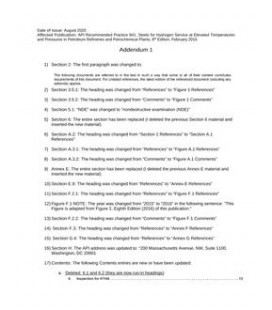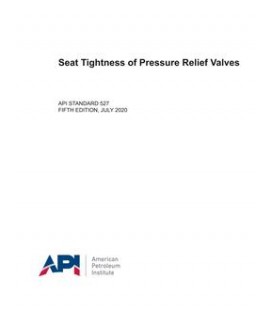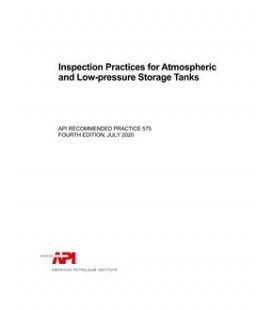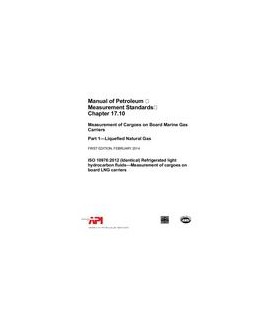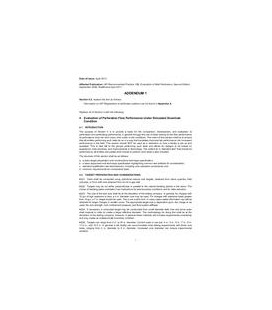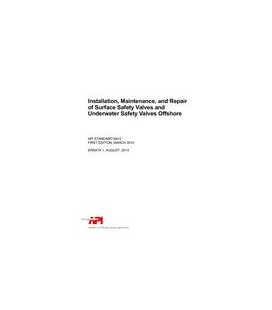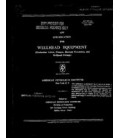Cart
0
0
item(s)
-
$0.00
No products
To be determined
Shipping
$0.00
Total
Quantity
Total
Product successfully added to your shopping cart
There are 0 items in your cart.
There are 0 items in your cart.
Total
API Publ 4775
API Publ 4775 Simulating the Effect of Aerobic Biodegradation on Soil Vapor Intrusion into Buildings-Evaluation of Low Strength Sources Associated with Dissolved Gasoline Plumes, First Edition
standard by American Petroleum Institute, 04/01/2009
Reduced price!
M00010974
New product
Full Description
Aerobic biodegradation can contribute significantly to the attenuation of petroleum hydrocarbon vapors in the unsaturated zone; however, most regulatory guidance for assessing potential human health risks via vapor intrusion to indoor air either neglect biodegradation or only allow for one order of magnitude additional attenuation for aerobically degradable compounds, which may be overly conservative in many cases. This paper describes results from 3-dimensional numerical model simulations of vapor intrusion for petroleum hydrocarbons to assess the influence of aerobic biodegradation on the attenuation factor for a variety of source concentrations and depths for buildings with basements and slab-on-grade construction.Provided that oxygen is present in the vadose zone, aerobic biodegradation of petroleum hydrocarbon vapors in the unsaturated zone will reduce the soil gas concentrations and the potential risks from vapor intrusion to indoor air compared to non-degrading compounds. At lower source concentrations and/or deeper source depths, aerobic biodegradation may result in a reduction in vapor intrusion attenuation factors by many orders of magnitude. The magnitude of the reduction depends on site-specific conditions, which should be considered in the development of a conceptual site model for each site. However, oxygen supply and degradation rates are likely to be sufficient at many sites to mitigate potential risks from vapor intrusion for low vapor concentration sources (less than about 2 mg/L-vapor total hydrocarbons). The simulations conducted in this study provide a framework for understanding the degree to which bio-attenuation will occur under a variety of scenarios and provide insight into site conditions that will result in significant biodegradation.
This improved understanding may be used to select site-specific attenuation factors for degradable compounds and develop soil vapor screening levels appropriate for particular combinations of source concentrations, source depth, and building characteristics, which should be defined as part of a site conceptual model.





